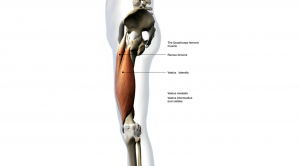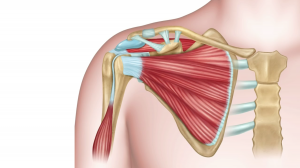Our Bodies are Talking to Us…..What are they Trying to Say?! Creaks, Crunches, Snaps and Clicks. What does it all mean? Do you ever wonder what it means when you bend down to pick something up and all of a sudden you hear a loud “POP” coming from your knee joint?
Our joints can often contain areas within them that have actual gas bubbles and sometimes if we move a certain way, we will hear a sound as a gas bubble is compressed within the joint. In the majority of cases, these sounds are nothing to worry about, and should not prevent you from moving.
If you are working out in the gym, or sometimes even walking and you hear a repetitive “Snapping” sound that repeats every time you do a certain movement, this is most likely a tendon that has for some reason is snapping over a bone in your body. This can be caused by situations of muscle tension or dysfunction. It may be helpful to take a break from whatever you are doing and try to stretch the muscle in the area of the snapping before you continue the movement. Again, if there is no pain associated with this sound, you probably have nothing to worry about and it may sort itself out on its own.
Sometimes we hear more of a “Grinding” sound with movement and this can be a result of Osteoarthritis in our joints. As we age, this often becomes more prevalent. If the grinding is not associated with pain, you should continue with your normal movements. If you are feeling pain along with the movements, you may want to have a health care professional take a closer look at your joint and help you evaluate a plan to maintain good joint health.
Finally, if we hear a sound and then feel extreme pain, this is something to attend to immediately. When we have a serious injury, due to a fall, or a quick change of direction while playing sports or even just twisting through a golf swing, it is helpful to take note of any sounds you may have heard that were associated with the injury. This can be very helpful information for your health care provider and often aids them in making the best diagnosis possible.
There are two very common areas for joint sounds:
The Knees
Our knee joint is one of the most common areas to develop Osteoarthritis over our lifespan. We are now spending so much more time sitting as a society, our knee joints are becoming much more susceptible to these types of problems. The Rectus Femoris muscle crosses both the knee joint and the hip joint. When we sit for many hours it becomes tighter and less functional. Often to the point where, when we stand or try to use it to jog or even walk we may hear noises and have some discomfort beneath our knee cap. It is very important to keep all of the muscles surrounding our knee joint both strong and mobile enough to allow for optimal function.
The Shoulders
Our shoulder joints are the most mobile joints in our whole body. It is important that we keep the muscles, ligaments and tendons that surround this joint in good shape and ultimately in good postural position. If we create chronic imbalances around the shoulder joint, we are at risk of developing symptoms of Tendonosis. This commonly occurs in the Supraspinatus tendon. This muscle is an important part of our shoulder stability and it is one of four muscles that form our rotator cuff. Its location beneath our AC joint makes it one of the most susceptible tendons to chronic irritation and once this happens we will often hear a sound when we rotate our arm in a full circle. Again, this problem is most often caused by our sitting “head forward” postures and can develop weaknesses in the muscles throughout our mid-back. Keeping the muscles surrounding our shoulder joints strong and working hard to maintain good posture, even when we are sitting, will help prevent this type of chronic tendinosis and hopefully help us have a less “noisy”, healthier shoulder structure.


